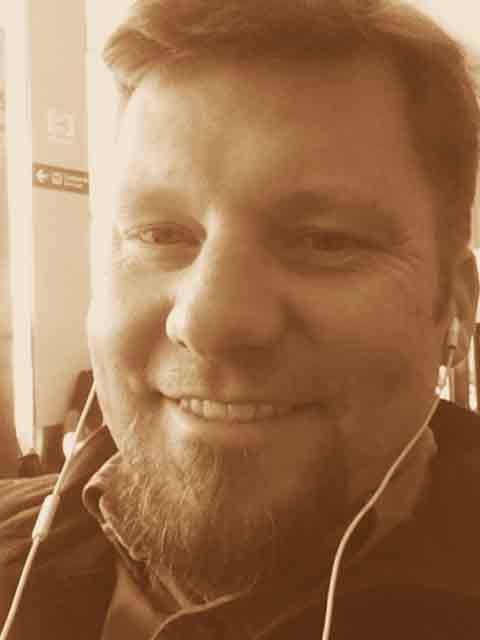In the Hebrew and Christian scriptures, it is written that we are called to love the Lord with all our heart, soul, strength, and mind. We are also called to love our neighbor as ourselves. In response, it was once asked: “Who is my neighbor?” And then, a story was told.
A young university student was walking home from class one afternoon. On the way, a group of thieves jumped him, beat him up, and stole his wallet, his iPhone, and his backpack (which had a laptop and several expensive texts book in it). They left him, beaten and bruised, clothes torn, on the side of the street in the gutter.
Now, it just so happened that several minutes later his professor was walking toward him. The professor saw the student lying in the gutter, but did not recognize him with his beaten body and torn clothes. Not recognizing him, the professor crossed the street, and passed by on the other side. A few moments later, one of the local pastors was walking down the same street, heading home from a campus bible study. He too saw the young student, and not recognizing him crossed the street and passed by.
Not before long, a Muslim Syrian refugee, having come to the U.S. only a few months before, was driving by, heading home after her shift on the custodial crew at the university—she had been working since 2am. She saw the young man lying in the gutter and immediately stopped her car, got out, and rushed over to find the young man bloody and beaten. She was able to help him gain consciousness, and then helped him get up and over to her car. She rushed him to the hospital emergency room, where they immediately began working on him and giving him fluids. She stayed with him the entire time. The police came to take a report, and she stayed with him and held the young student’s hand while he nervously tried to describe what had happened to him and who may have done it. The hospital staff tried to whisk her away, but the student grabbed her hand tighter and told the hospital staff that he wanted her to stay.
And then the storyteller asked, “What do you think? Which one of these was a neighbor to the one who was in need?”
Or, another take:
One late afternoon a man was walking home through a city park. In the park, he was jumped by a thief, beaten, and left near death.
A few moments later, a city worker was patrolling the park and cleaning up trash bags. It was near the end of his shift when he saw the man laying in the grass and believed he was homeless. The city worker decided to leave man for the police to deal with. It wasn’t long before an elder from the church next door to the park was walking by, noticed the man, but ignored him and kept going.
Just as the sun started to set, a young black man was walking through the park. He saw the man lying there, noticed the ripped clothes, and, as he got closer, noticed the bruises on the man’s arms and face. He rushed over and started to try to wake the man who had been beaten. The young black man immediately called a friend of his and asked him to come with his car. He waited by the beaten man until his friend arrived. They both carefully loaded the man in their car and rushed him to the nearest hospital, and patiently stayed in the waiting area for nearly five hours—the staff would not let them back to be with the beaten man. Finally, as the beaten man gained consciousness he asked what had happened. A nurse told him what the young black men had done.
And again the storyteller asked, “What do you think? Which one of these was a neighbor to the one who was in need?”
© 2016 Eric O. Ledermann. All rights reserved. Use by permission only.








